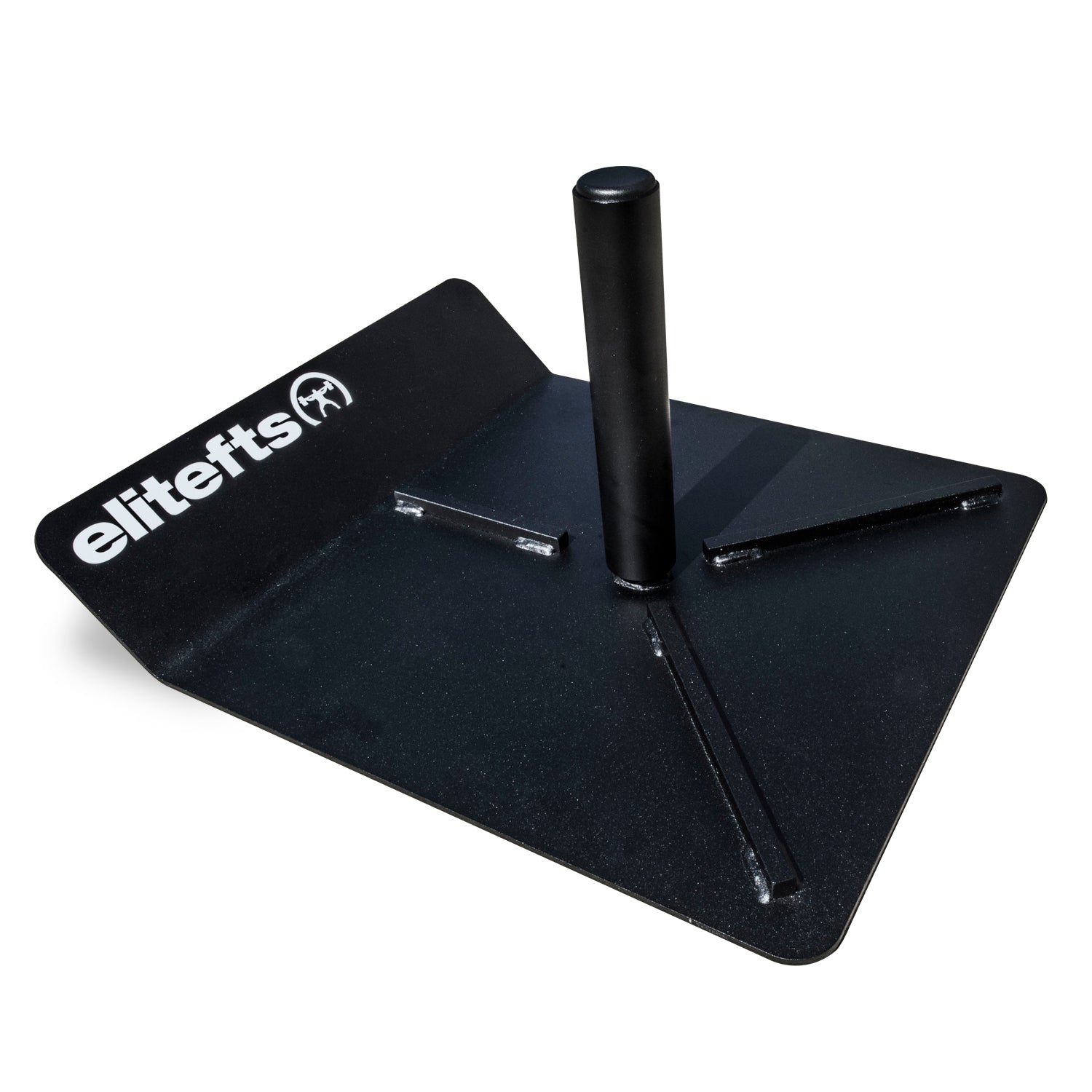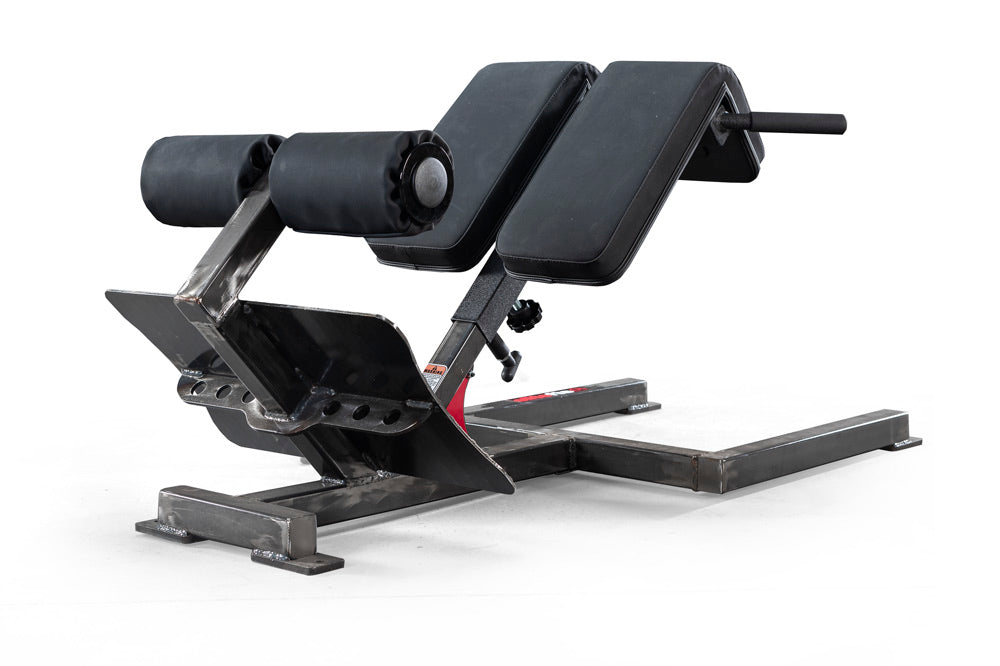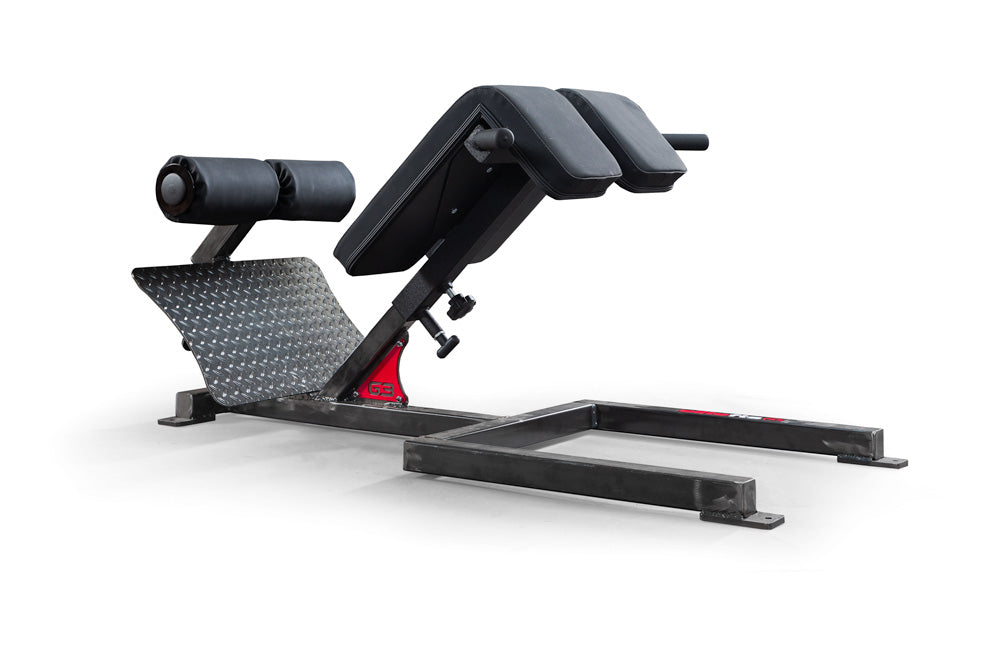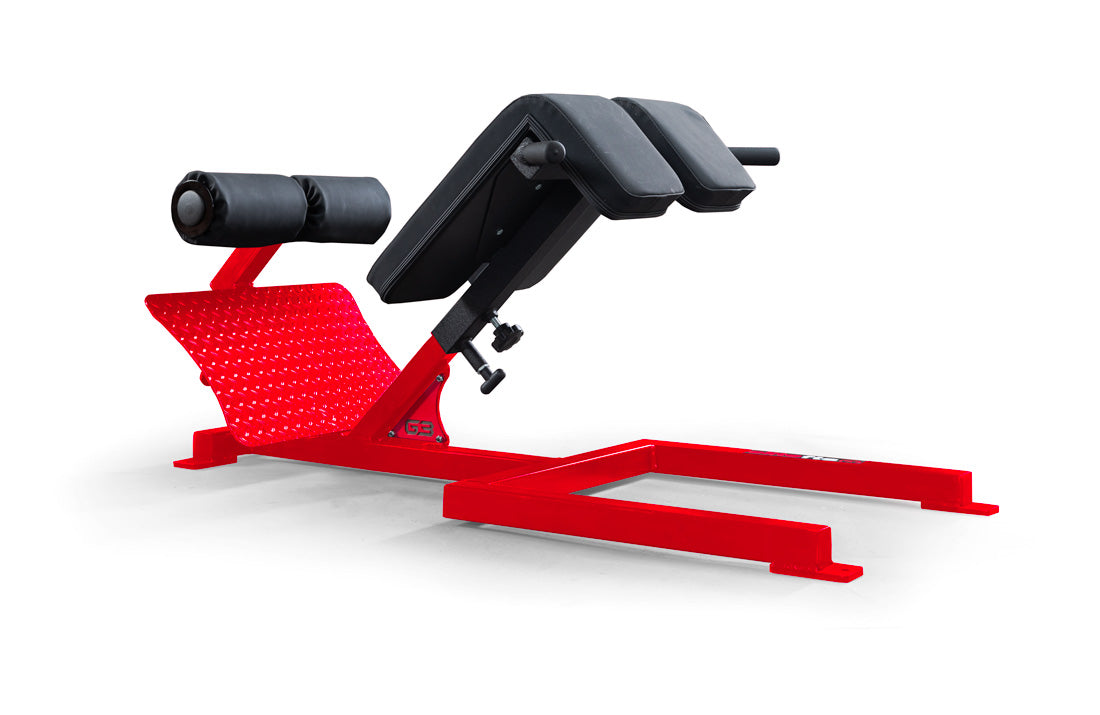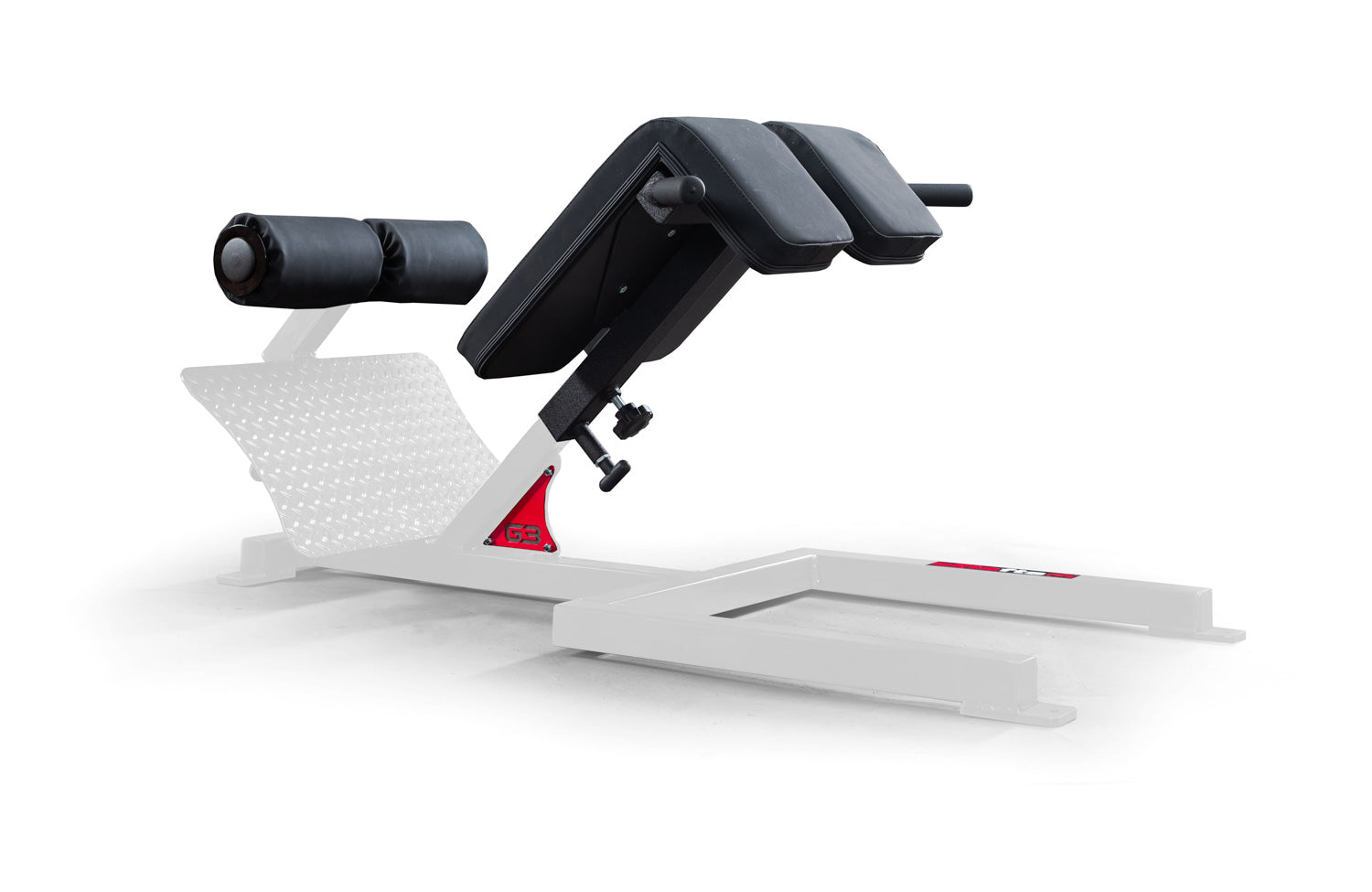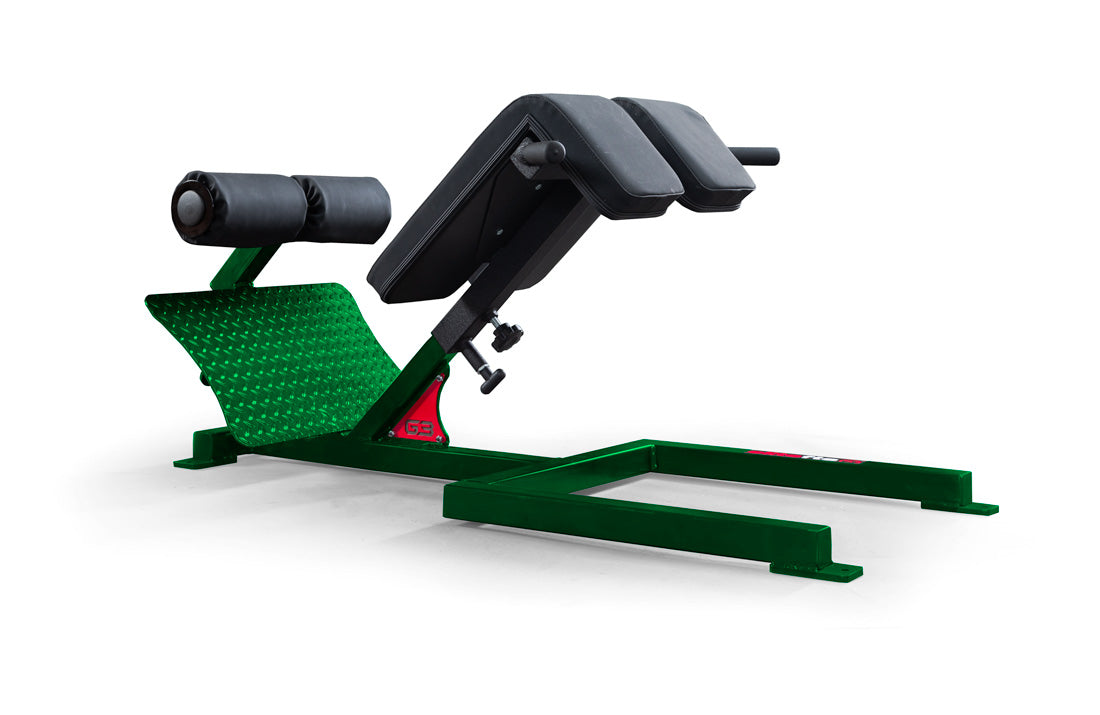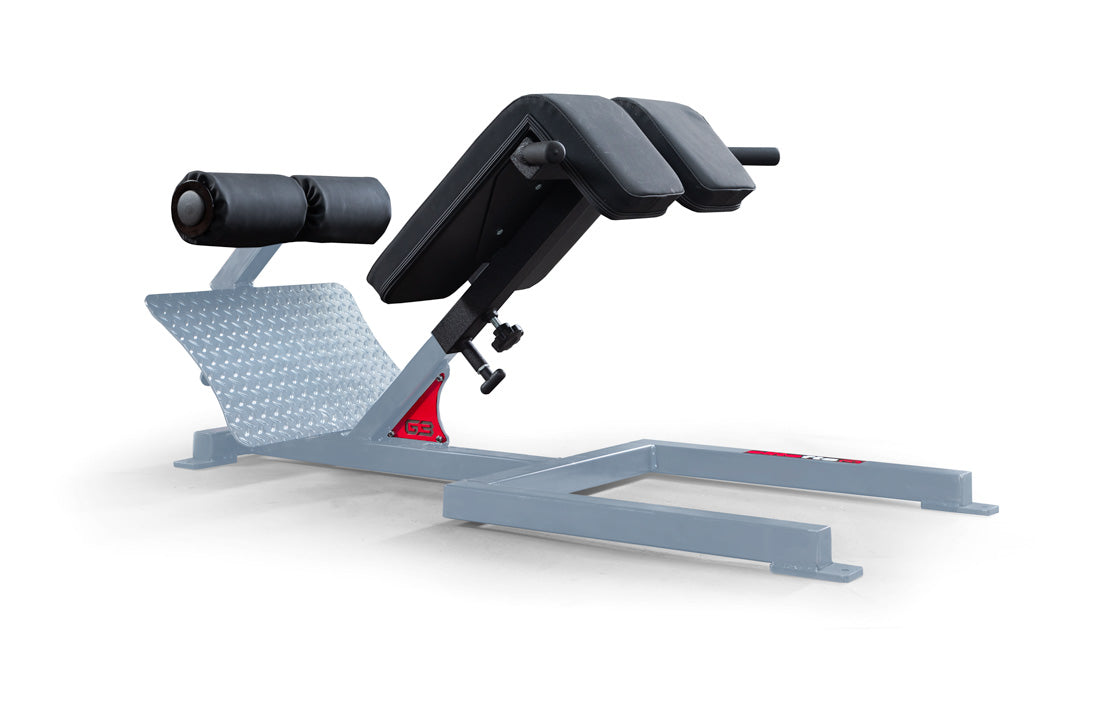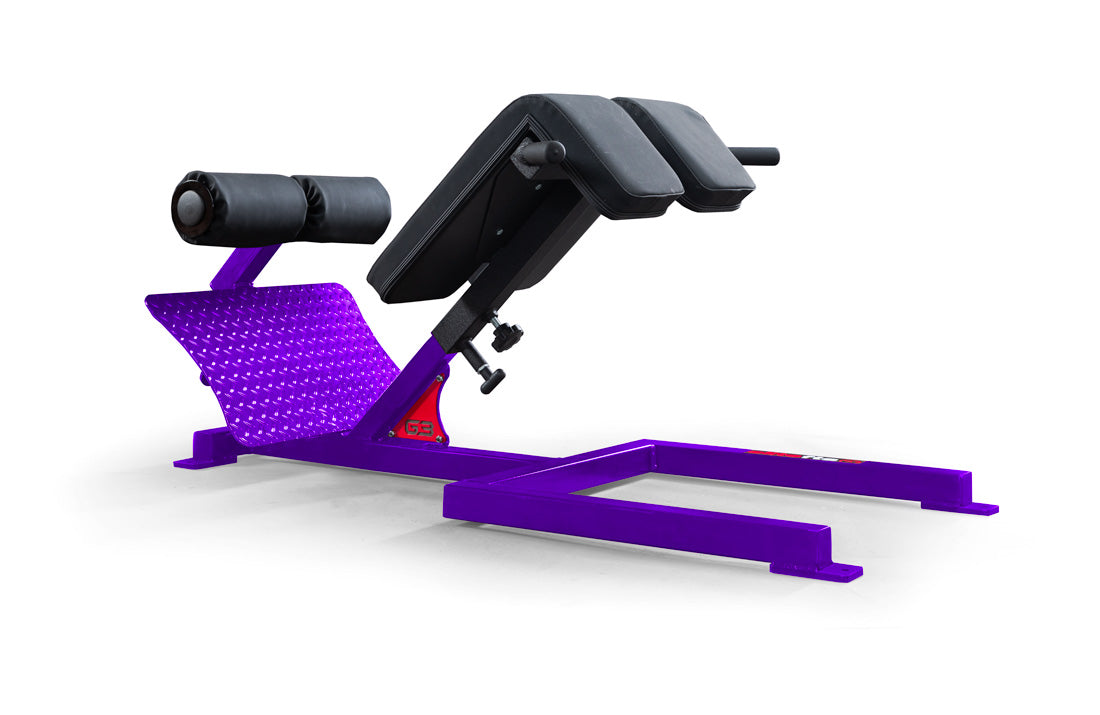box squats.

Box Squat The box squat progression will have the athlete practice sitting back with an empty bar to parallel. The most important part of the set up is getting the athlete to keep the bar off his neck. I don’t like bar pads and I discourage my athletes from using them. The bar needs to rest on the traps and rear delts. The athlete must squeeze the bar and maintain an upright posture when squatting. The box will be slightly above parallel to begin with but will be lowered to parallel or just below during the training session to ensure that adequate depth is maintained. Again, the emphasis should be on initiating with the hips and sitting back. These are the key markers with the box squat. We use three to five sets of six to twelve repetitions to get the athletes ready. Bench press and board press Before getting under a bar, I progress the athletes through several different push-up variations. By using the push-up as a teaching tool, I accomplish two things. Most kids have horrific push-up form and technique. If the hands are under the shoulders, they aren’t developing the large chest and back muscles necessary to lift a bar. I teach a proper body weight exercise that all athletes can do as assistance work in future sessions. We usually progress the movement from a modified push-up to a regular push-up to a
dumbbell push-up to a suspended push-up. We do four to six sets of five reps to failure.
Deadlift Many sport coaches voice concern over the deadlift because they fear back injuries. I feel the deadlift is the most functional and integral movement of a strength program due to the functional aspects of the lift in daily as well as athletic activity. No other lifts come close to matching the eccentric force response of a heavy deadlift. In addition, the multiple grips and heights and anything else you can come up with can help round out a solid training program My school has trap bars, so I prefer to teach with the trap bar initially because it helps to reinforce squat movements in relation to the hips, back, and chest. Sets and reps stay constant. We typically do three to five sets with reps in a similar range. I coach form, so I don’t allow new lifters to increase the weight for two to three weeks to ensure that form is correct. Olympic Lifts I understand the debates over Olympic lifts in high schools and understand the safety issues. Wrist, back, and leg injuries abound from poor form and poorer coaching. I’m not saying that this is the ultimate progression system, but it does help keep my athletes in one piece and minimizes the risk of injury. When introducing Olympic lifting, I always start with a jump shrug. This reinforces the coordination of the hips and shoulders, which eliminates the awkward and often utilized technique of half squat reverse curling. To begin, the athlete will use a light bar (25–35 lbs). The lift will start in the up position. The athletes will then initiate at the hips by sticking the butt out. The back remains arched with the shoulders square and the chest up. The bar will descend to the top of the knee at which point the athlete will jump as high as he can and shrug as hard as he can simultaneously. Once this is mastered, which can take one day to six weeks, the athlete will then progress to hang cleans and finally cleans from the floor. This isn’t the holy grail of athletic preparation, but it definitely helps. By addressing each lift and establishing movement patterns, athletes are better able to grasp the form of the lift. This ensures a stronger initial base, more consistent gains, and most importantly, injury prevention. Too often numbers become the primary determinant of success, and issues of form and technique need to be reintroduced. So if you’re having trouble and lacking in the form department, try some of these techniques and see if they help.














